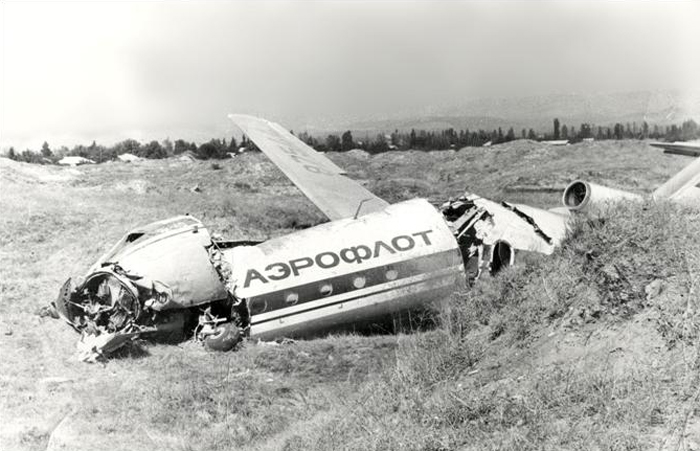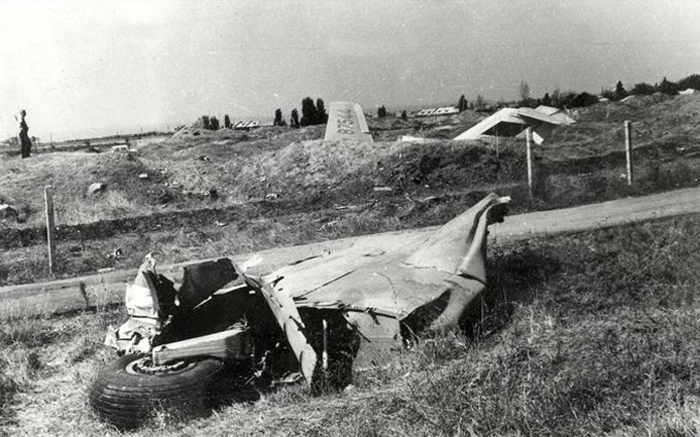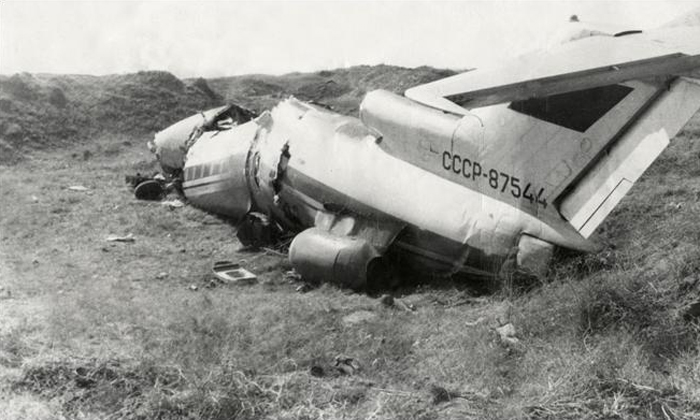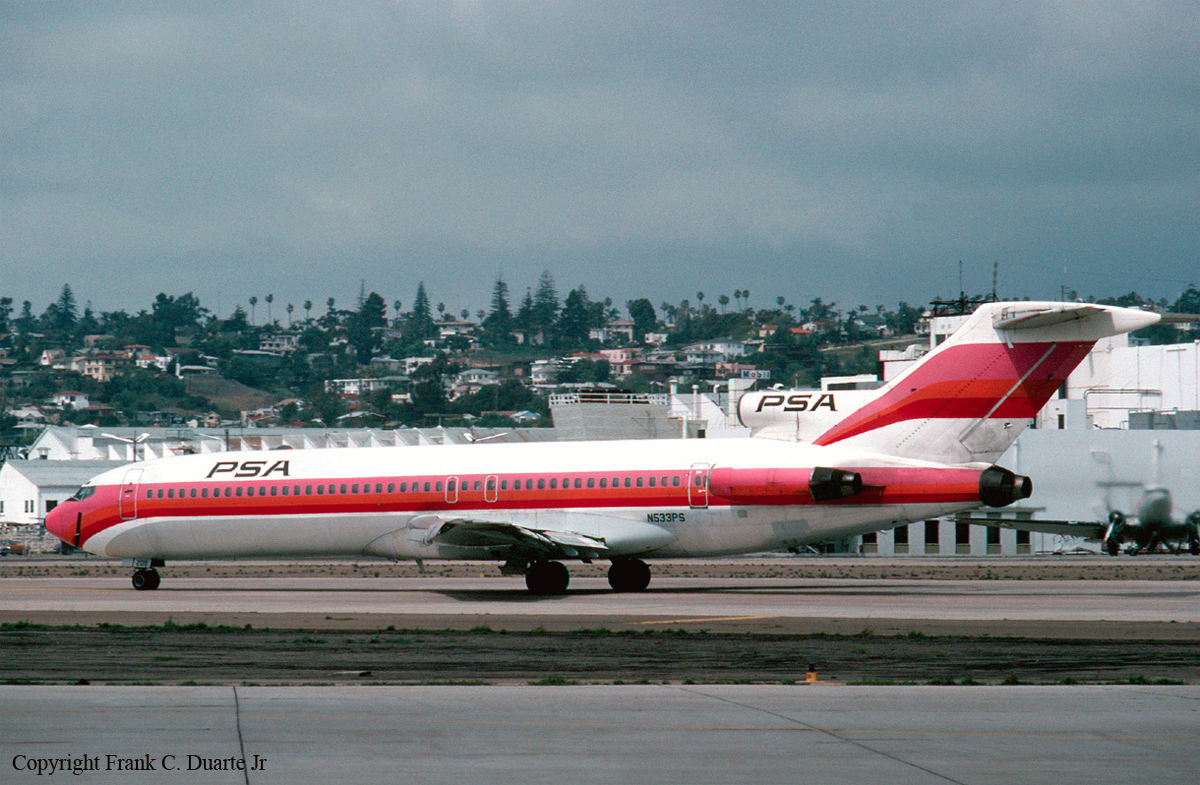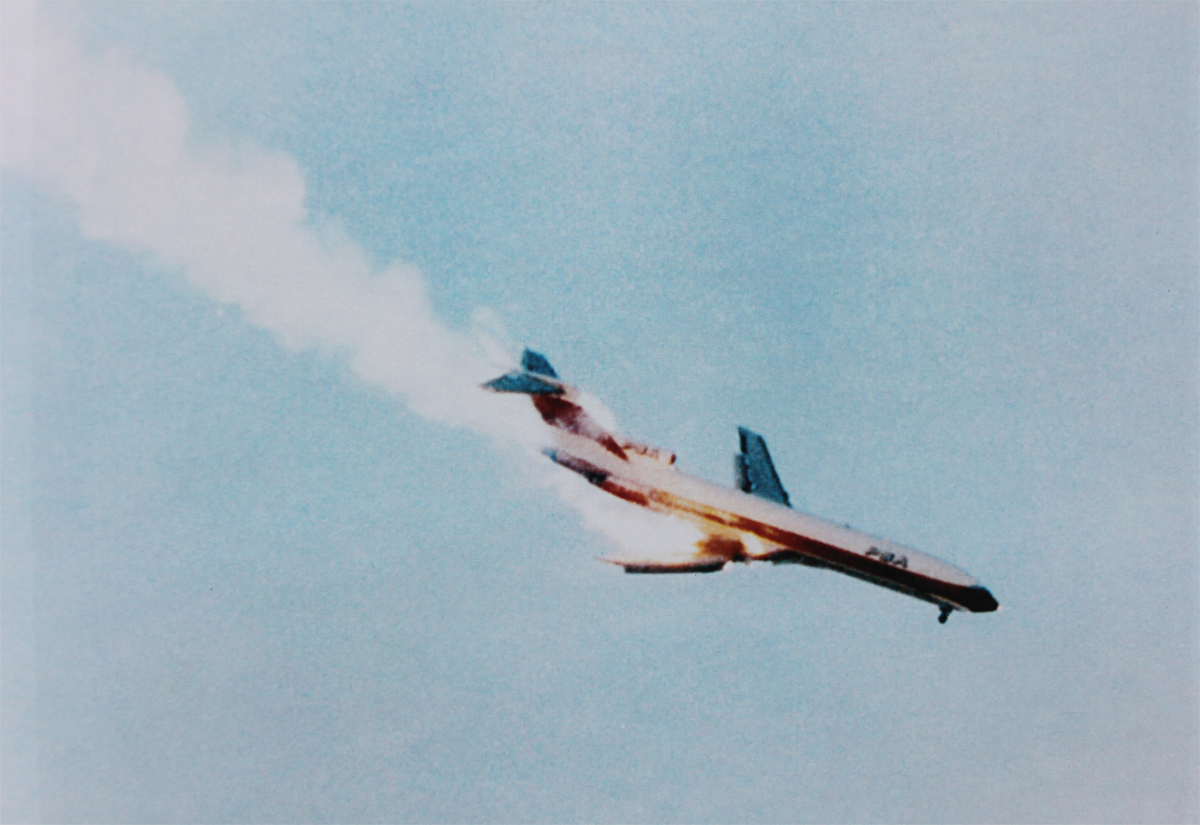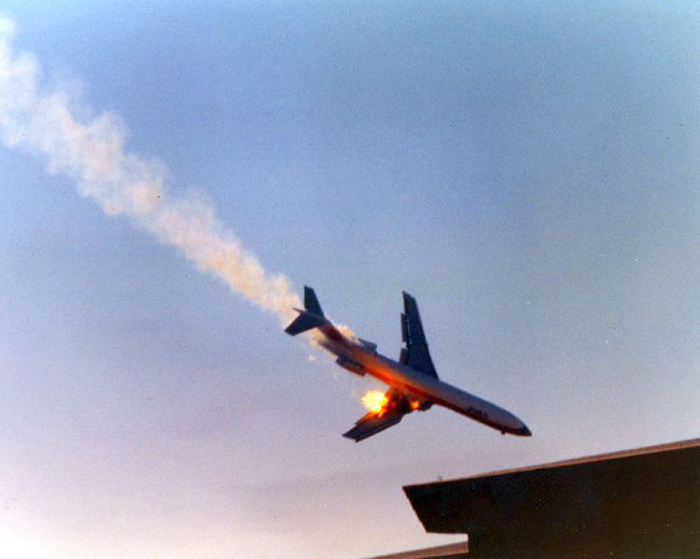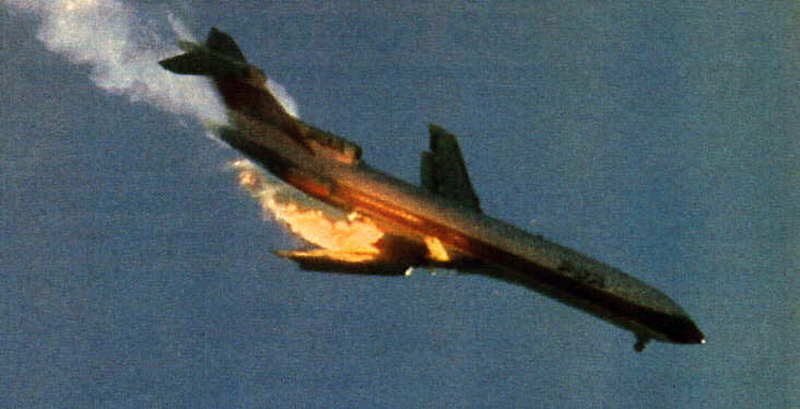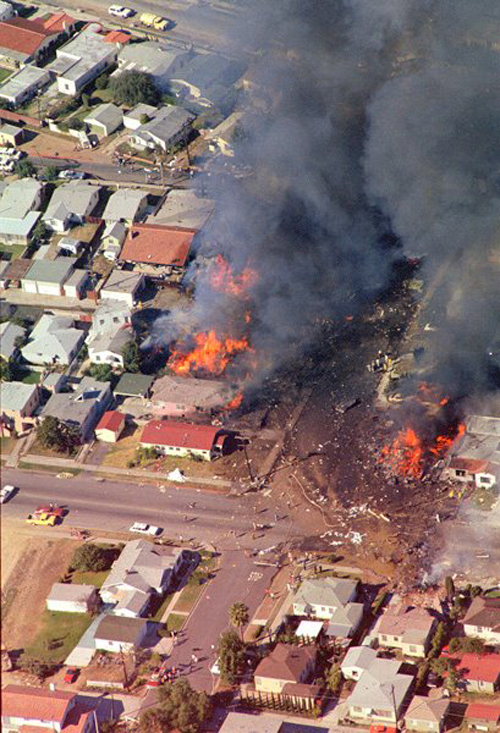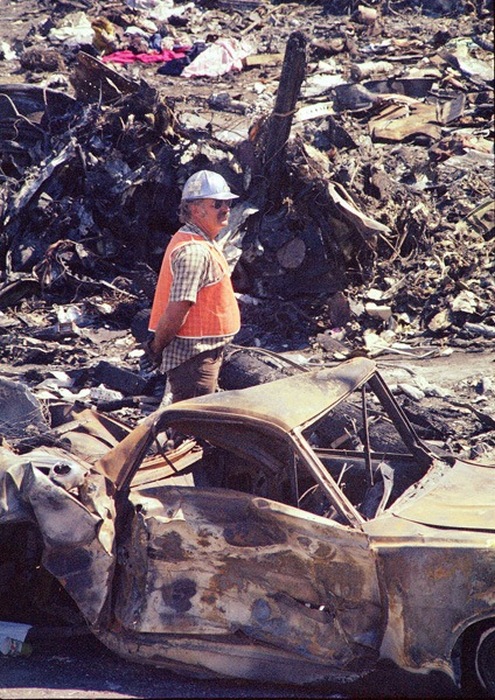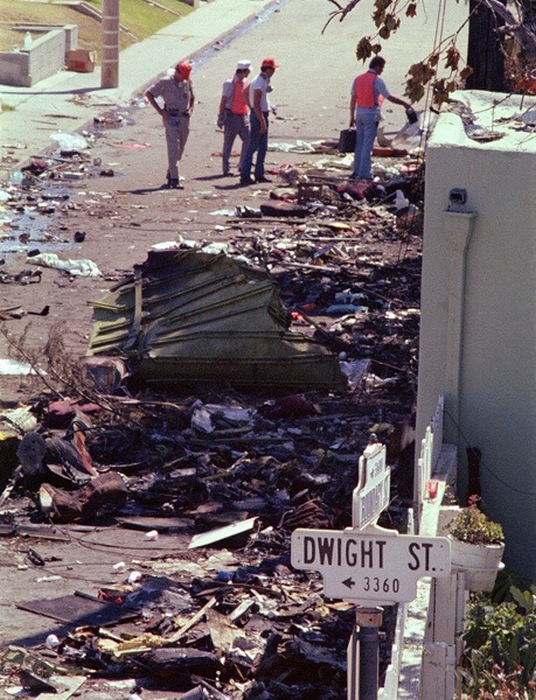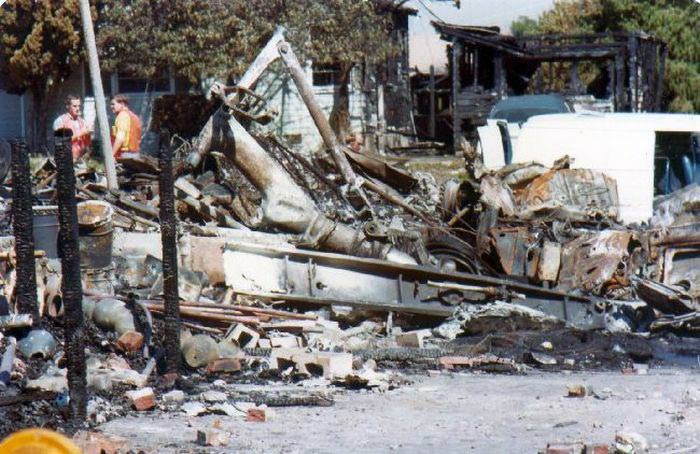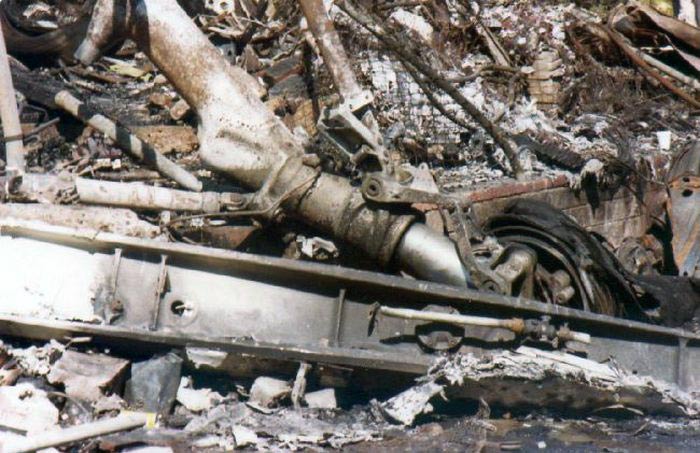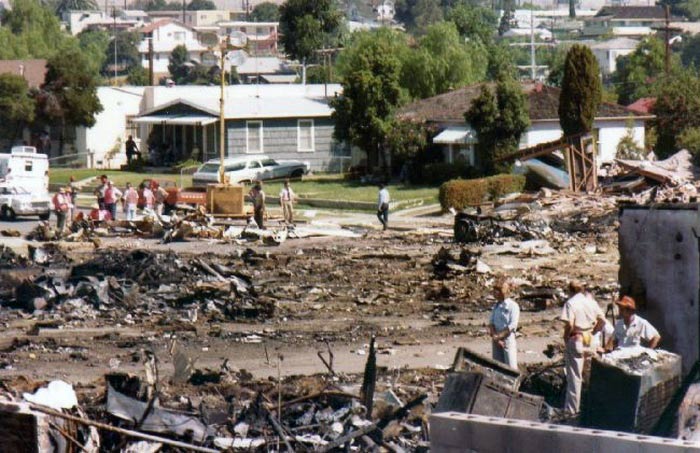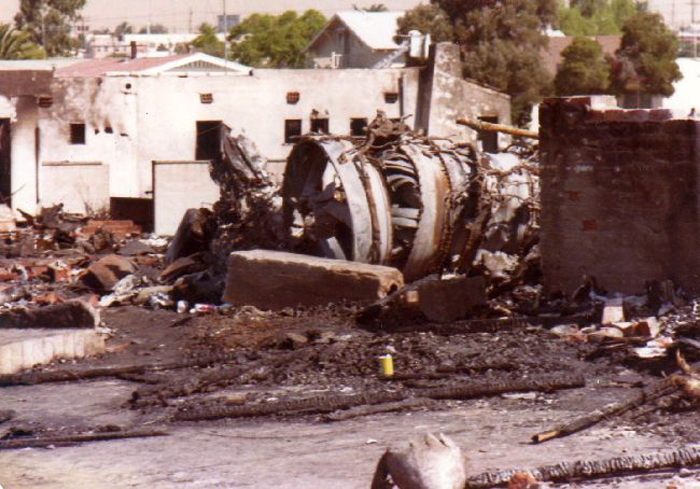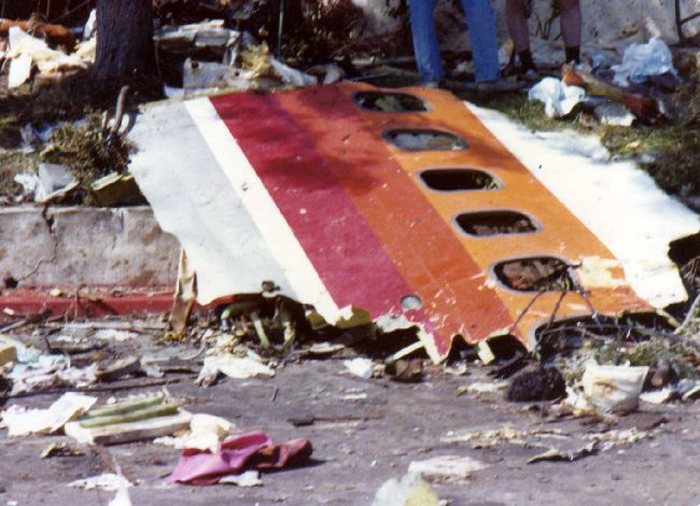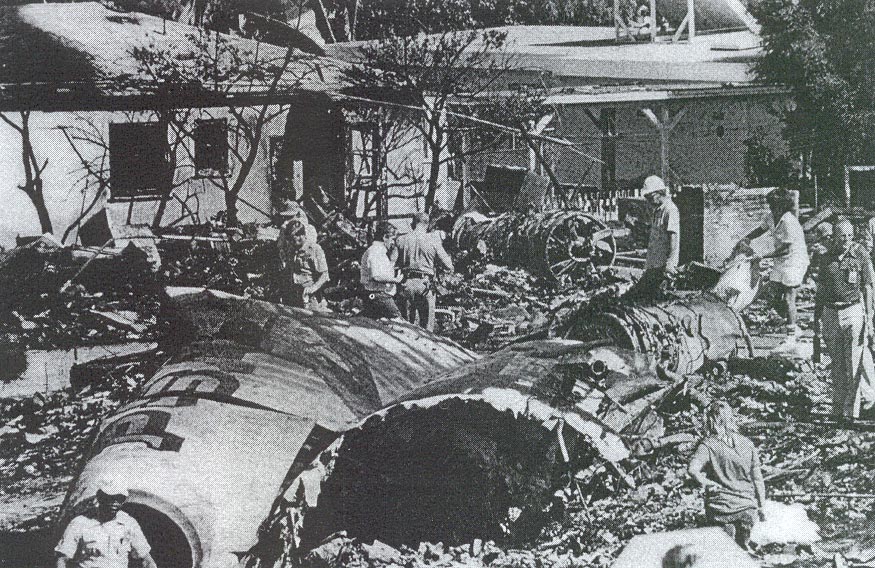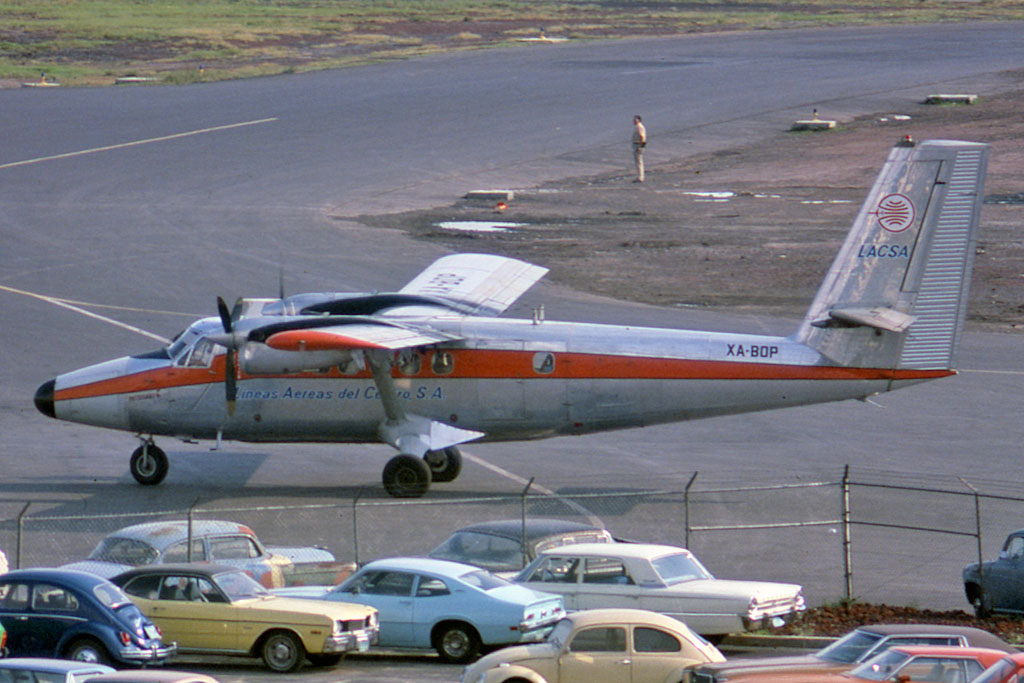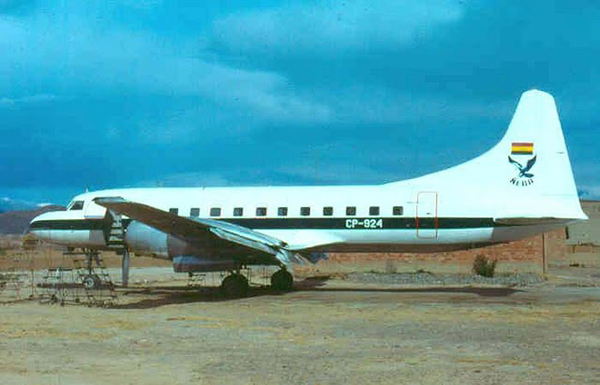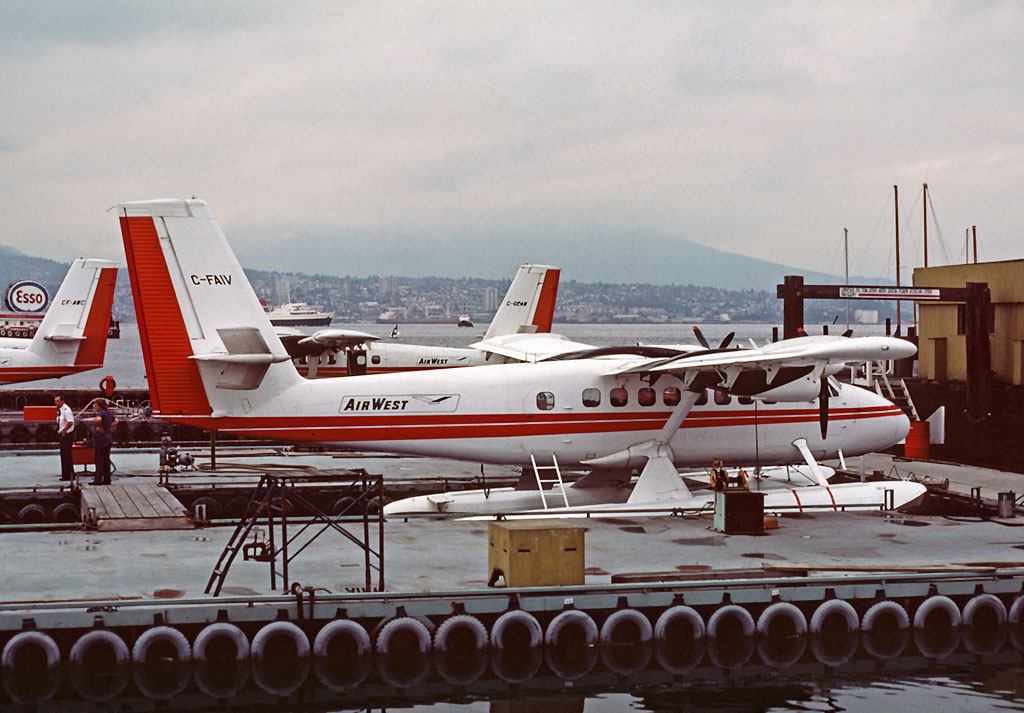Crash of a Yakovlev Yak-40 in Tbilisi
Date & Time:
Oct 2, 1978
Registration:
CCCP-87544
Survivors:
Yes
Schedule:
Ulyanovsk - Volgograd - Tbilisi
MSN:
9 53 09 42
YOM:
1975
Crew on board:
4
Crew fatalities:
Pax on board:
26
Pax fatalities:
Other fatalities:
Total fatalities:
0
Circumstances:
On the leg from Volgograd to Tbilisi, while flying by night, both primary and emergency hydraulic systems failed. Only the nose gear could be lowered while stabilizers and flaps remained in neutral position. The aircraft landed on its belly at a speed of 250 km/h and the nose gear touched down 1,264 meters past the runway threshold. Unable to stop within the remaining distance, the airplane overran at a speed of 165 km/h, struck the localizer antenna, a concrete wall and came to rest in a ravine, broken in three. All 30 occupants were injured, three of them seriously.
Probable cause:
Failure of both primary and emergency hydraulic systems in flight after some water that mistakenly leaked in a tank due to a seal problems froze.
